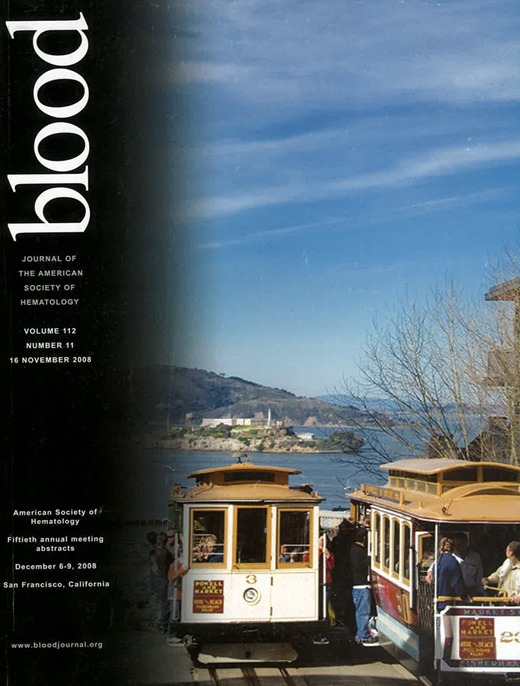Abstract
Background. Several trials have shown the superiority of high-dose melphalan (usually 200 mg/m2, MEL200) versus standard therapy in myeloma patients. Intermediate-dose melphalan (100 mg/m2, MEL100) was also superior to the standard dose, but MEL100 has not been clinically compared with MEL200 in a randomized study. In this prospective, randomized, phase III trial, we compared the efficacy and toxicity of MEL200 and MEL100.
Aims. The primary end points were complete remission (CR) rate, event-free survival (EFS) and incidence of gastrointestinal toxicity, infections and treatment-related mortality (TRM).
Methods. Inclusion criteria were previously untreated myeloma, aged ≤ 65 and Durie and Salmon stage II or III. Exclusion criteria were abnormal pulmonar, cardiac, liver and renal function, HBV, HCV, or HIV positivity, concomitant cancer or psychiatric disease. The institutional review board approved the protocol and written informed consent was obtained from all patients. All patients received 2 cycles of 28-day-dexamethasone- doxorubicin-vincristine (doxorubicin 50 mg/m2 day 1, vincristine 1 mg day 1, dexamethasone 40 mg days 1–4) and 2 cycles of cyclophosphamide (4 g/m2, day 1) followed by stem cell harvest. MEL200 patients was conditioned with 2 cycles of melphalan 200 mg/m2 and MEL100 patients with 2 courses of melphalan 100 mg/m2. All MEL courses were followed by stem cell reinfusion.
Results. Two-hundred and ninety-eight patients (median age 57) were randomly assigned either to MEL200 (149 patients) or to MEL100 (149 patients). All patients were evaluated for response, EFS and OS in intention-to-treat analysis. Patient characteristics were similar in both groups with the exception of chromosomal 13 deletion, present in 69% of MEL200 and 45% of MEL100 patients (p=0.02). Ninety-six patients completed tandem MEL200; 103 tandem MEL100. The very good partial response rate was higher in MEL200 group (37% versus 21%, p=0.003), but CR was 15% in the MEL200 group and 8% in the MEL100 group (p=0.07). The median follow-up for censored patients was 40.5 months. The 4-years EFS was 44.5% in the MEL200 and 18.3% in the MEL100 group (HR=0.71, 95% CI 0.53–0.95, p=0.02). The 5-years overall survival (OS) was 59.2% in the MEL200 and 44.7% in the MEL100 group (HR=0.78, 95% CI 0.52–1.16, p=0.22). Duration of grade 4 neutropenia and thrombocytopenia was comparable, but a higher proportion of MEL200 patients required platelet transfusions (p=0.002). Grade 3–4 non-hematologic adverse events were reported in 38% of MEL200 patients and in 19% of MEL100 patients (p<0.0001). The incidence of grade 3–4 mucositis was 16% after MEL200 and 3% after MEL100 (p<0.0001). The incidence of severe gastrointestinal toxicity was 19% after MEL200 and 2% after MEL100 (p<0.0001). The incidence of grade 3–4 infections and of TRM was similar in both groups.
Conclusions. In conclusion, MEL200 resulted in a significantly higher very good partial response rate. This translated in a superior EFS, but not OS. Mel200 was associated with less gastrointestinal toxicity, including mucositis.
Disclosures: No relevant conflicts of interest to declare.
Author notes
Corresponding author

